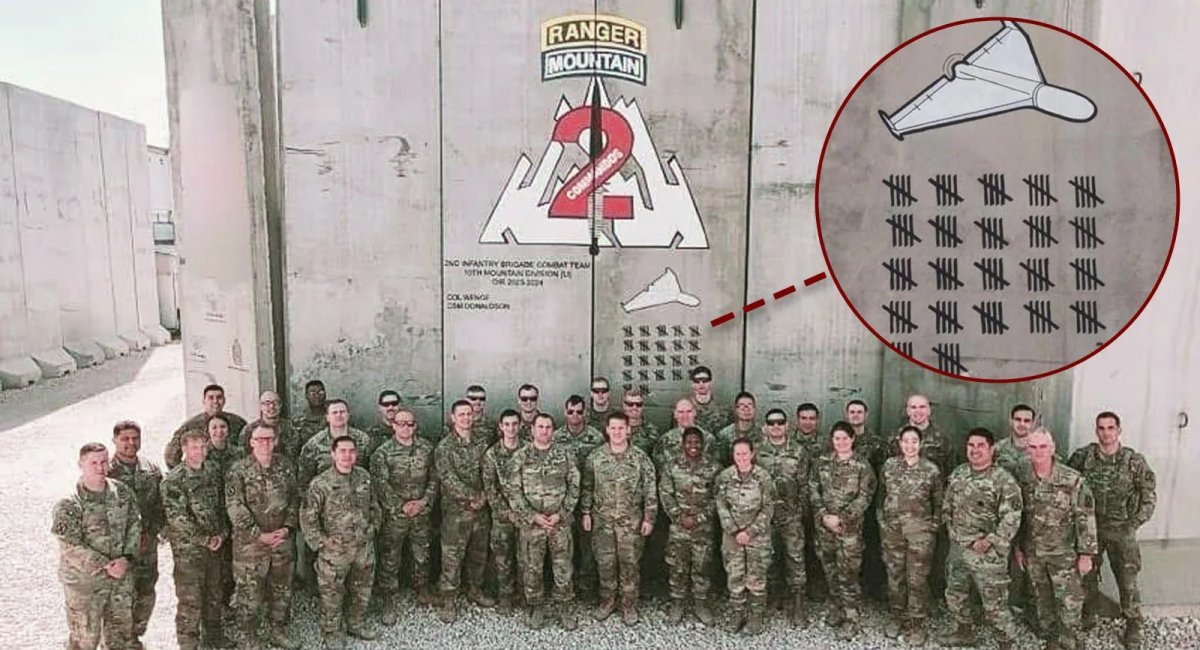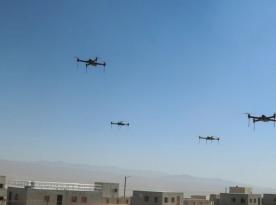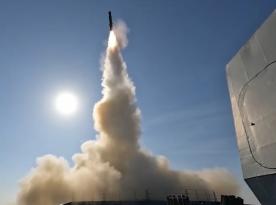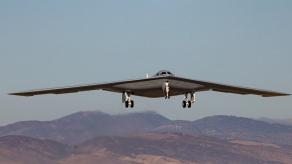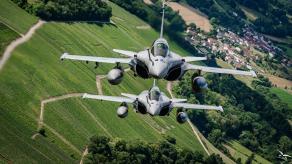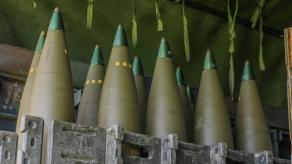In the fall of 2023, 2,500 soldiers from the U.S. Army's 2nd Brigade, 10th Mountain Division, stationed in Iraq, came under massive kamikaze drone attacks for the first time. Almost immediately after Hamas militants invaded Israel on October 7, 2023, Iran-backed militia groups began targeting U.S. forces.
By that time, Ukraine had already endured long-range Shahed-type drone strikes for over a year, so the soldiers were aware of the potential use of such UAVs. Task & Purpose reported the details of these incidents.
Read more: Taliban Created BM-21 Grad–Based MLRS Using Navistar Trucks Abandoned by U.S. Forces
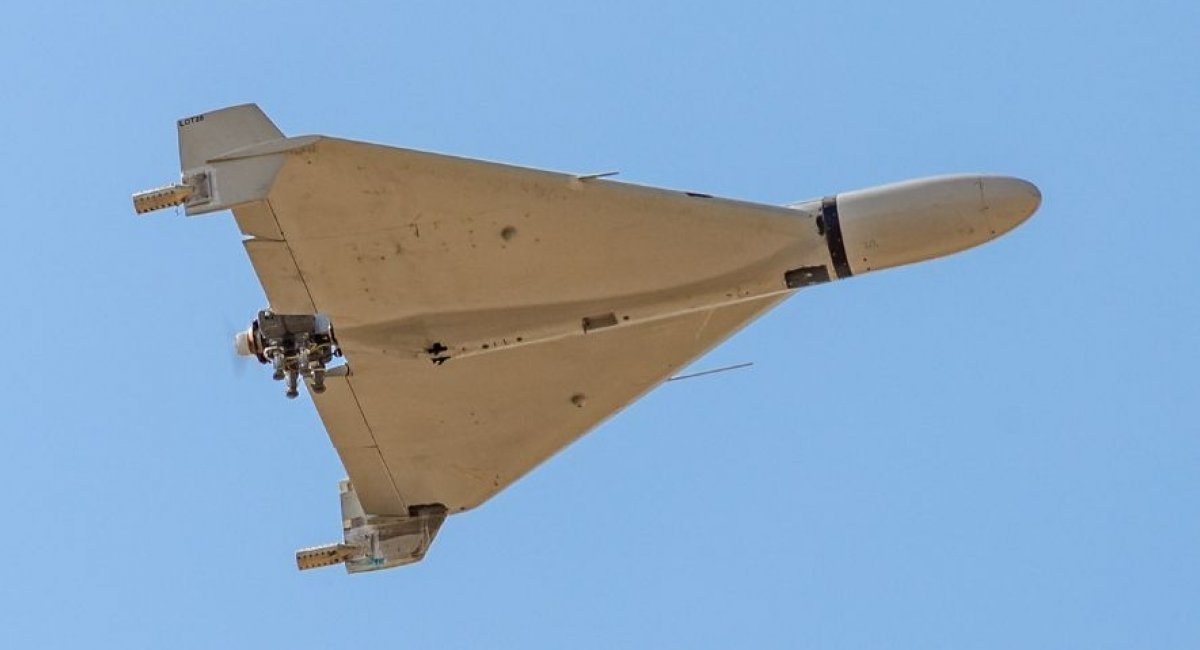
However, within the brigade, it was still believed that the main threat would come from ballistic missiles. Tellingly, on the very day a Patriot air defense system, intended to intercept such missiles, was scheduled to arrive, the base was attacked by a kamikaze drone that U.S. radars completely failed to detect.
None of the troops were ready or knew how to respond to such a threat. Some had taken a short counter-drone course, but that was not enough. The Americans had to develop tactics on the fly, rebuild base defenses, and reinforce shelters — yet this did not prevent losses. At least 30 soldiers were injured.
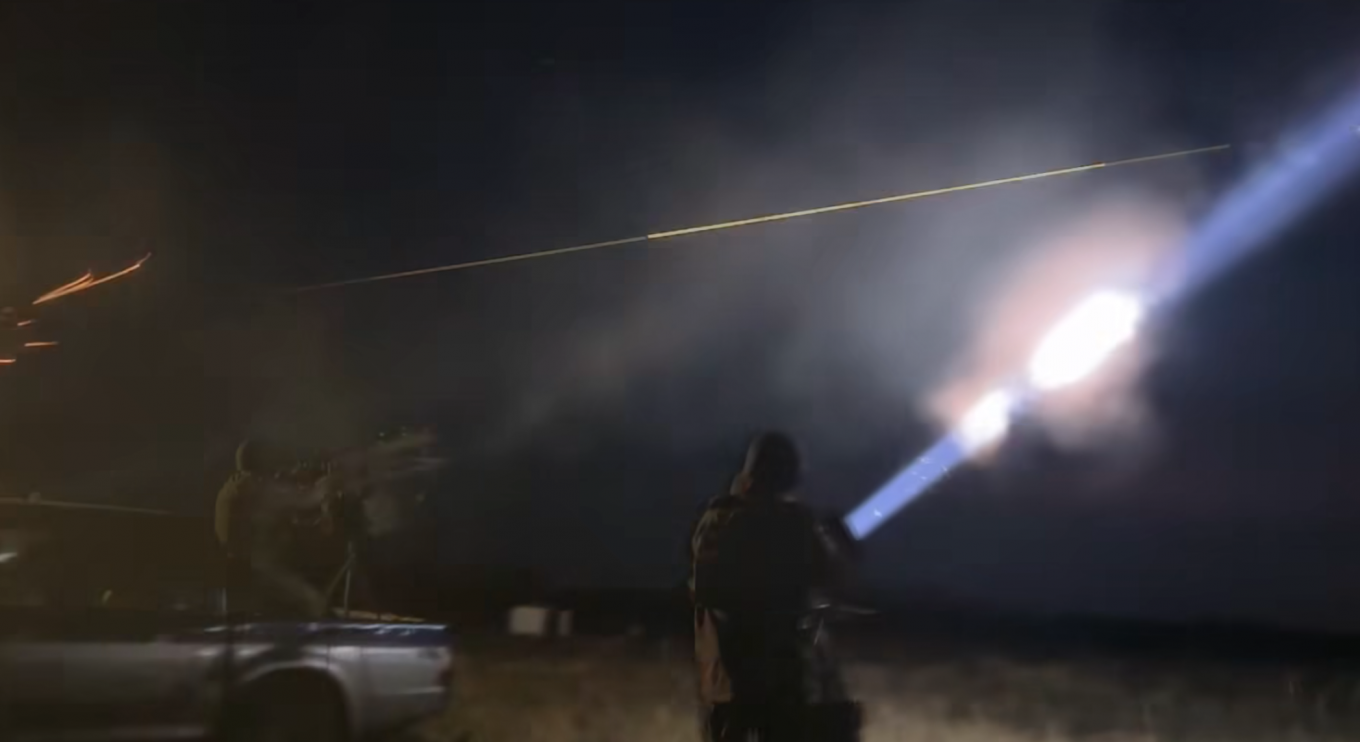
They also recalibrated their radars and decided to stretch netting over rooftops to catch drones before impact — similar to golf course nets. It remains unclear what material these nets were made of or whether they were effective. If a drone was heavy enough (like a Shahed) and the net too weak, it would simply tear through and hit its target.
There could be two or three attacks a day, sometimes as many as ten or fifteen. Typically, the drones did not strike all at once but came in waves spaced 10–20 minutes apart. With sufficient counter-drone experience, such attacks would not have posed a major problem.
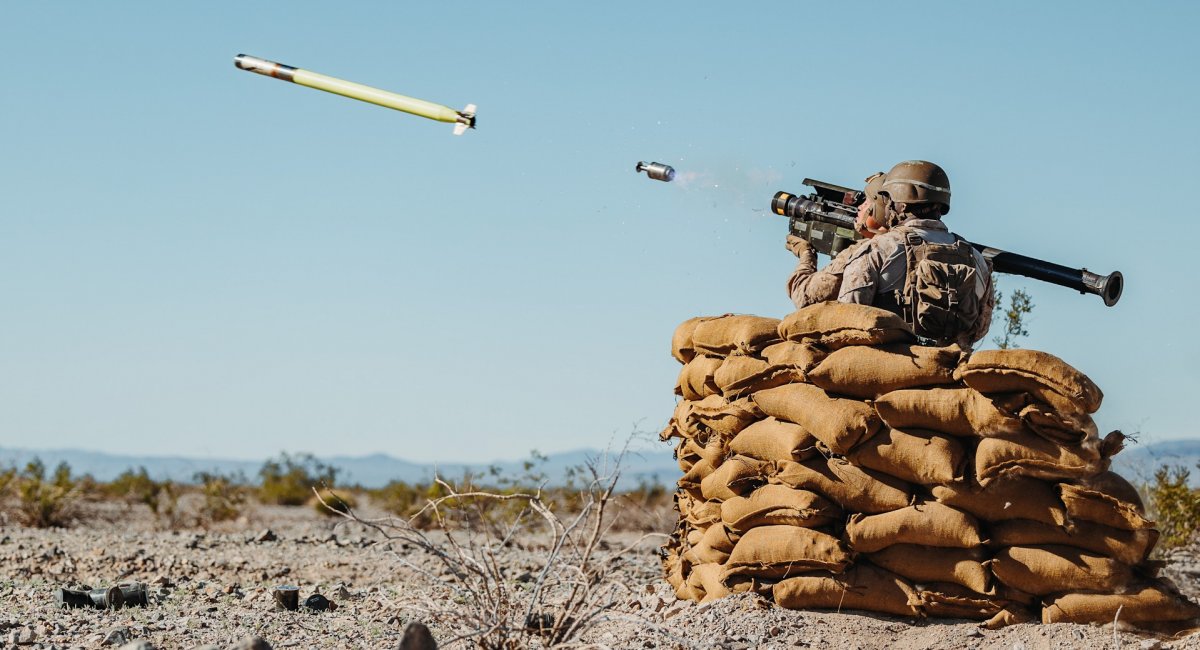
In Ukraine, by contrast, there are usually no such pauses — drones often approach simultaneously or in rapid succession. Even under these conditions, most of them are still intercepted. According to American soldiers' accounts, they managed to shoot down 90 drones, although 110 kill marks were painted on the base wall.
Three soldiers from the 2nd Brigade, each credited with downing more than five drones, were informally dubbed "aces" — borrowing the term used for fighter pilots who shoot down five enemy aircraft. This immediately brings to mind Ukraine’s mobile fire groups, which have dozens or even hundreds of kills to their name — though, of course, the scale of combat is entirely different.
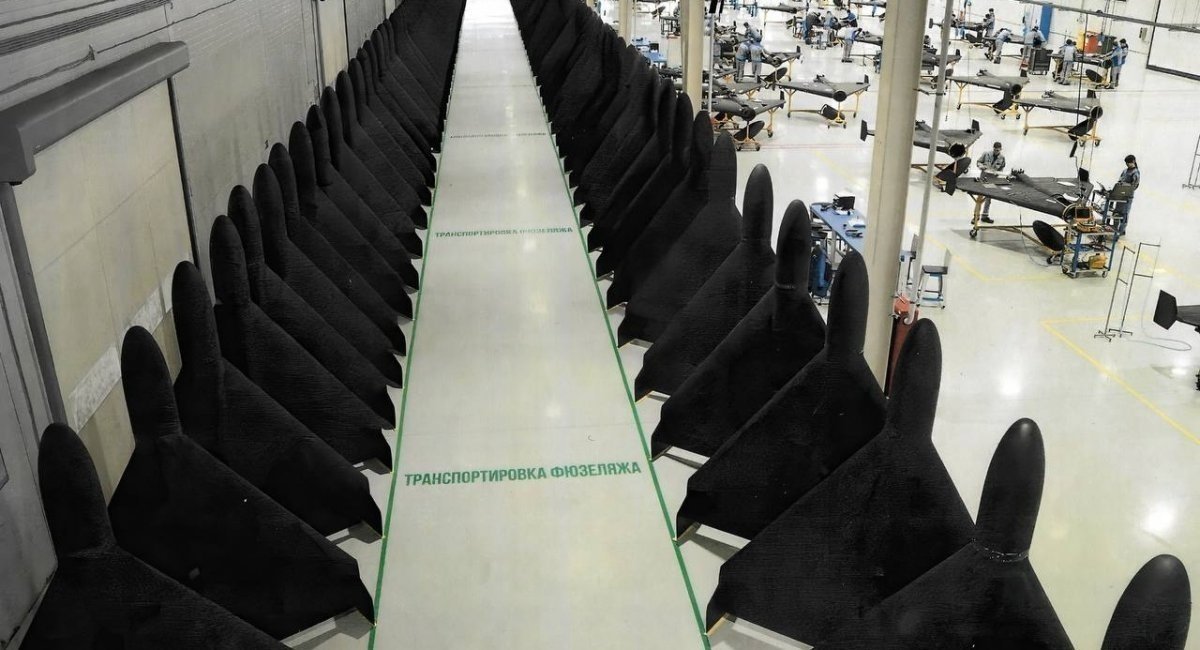
To intercept drones, U.S. forces apparently relied heavily on missiles. Command Sergeant Major Christopher Donaldson noted that one base was nearly left defenseless after expending its entire stockpile of missiles during a single night of defense.
The total number of drones used in these attacks was not disclosed, making it difficult to assess the interception rate. The report did not specify the exact drone models, but a drawing on the base wall depicted Shahed-type UAVs — consistent with the fact that the groups launching them were backed by Iran, their manufacturer.
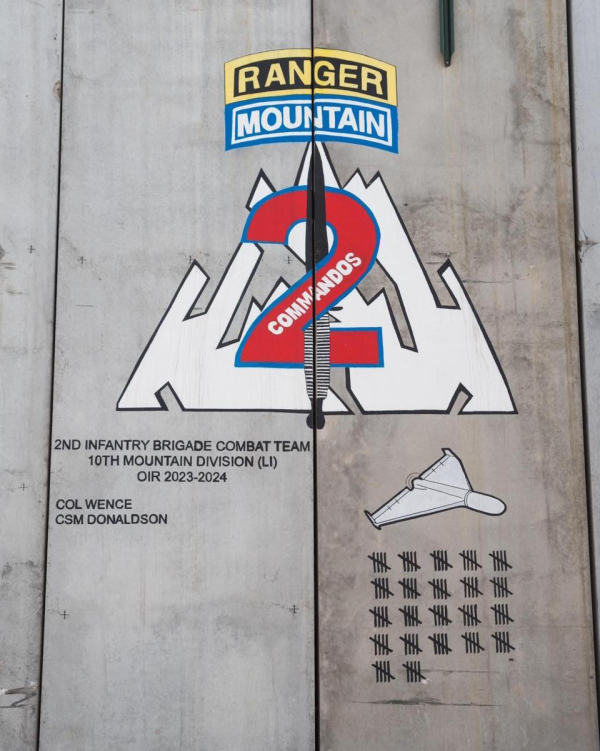
Ultimately, this episode showed that the U.S. Army was utterly unprepared for such threats. Had the attackers used as many drones as russia now deploys against Ukraine — hundreds per night — those bases would have been annihilated.
As Colonel Scott Vance, who experienced the attacks firsthand, put it: "It felt like you were being hunted rather than doing the hunting." And while the U.S. military has since made progress in counter-drone warfare compared to 2023, its capabilities remain far from adequate for a full-scale war.
Read more: U.S. Army Buys 30 Tons of Powdered Sugar, and No, It's Not For Baking Cakes




